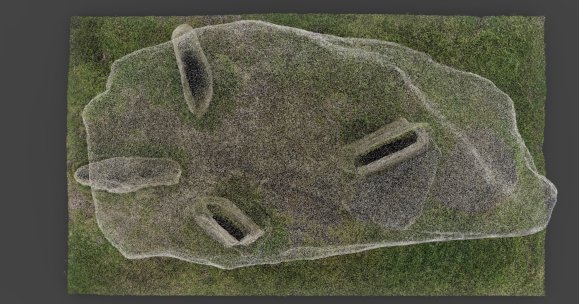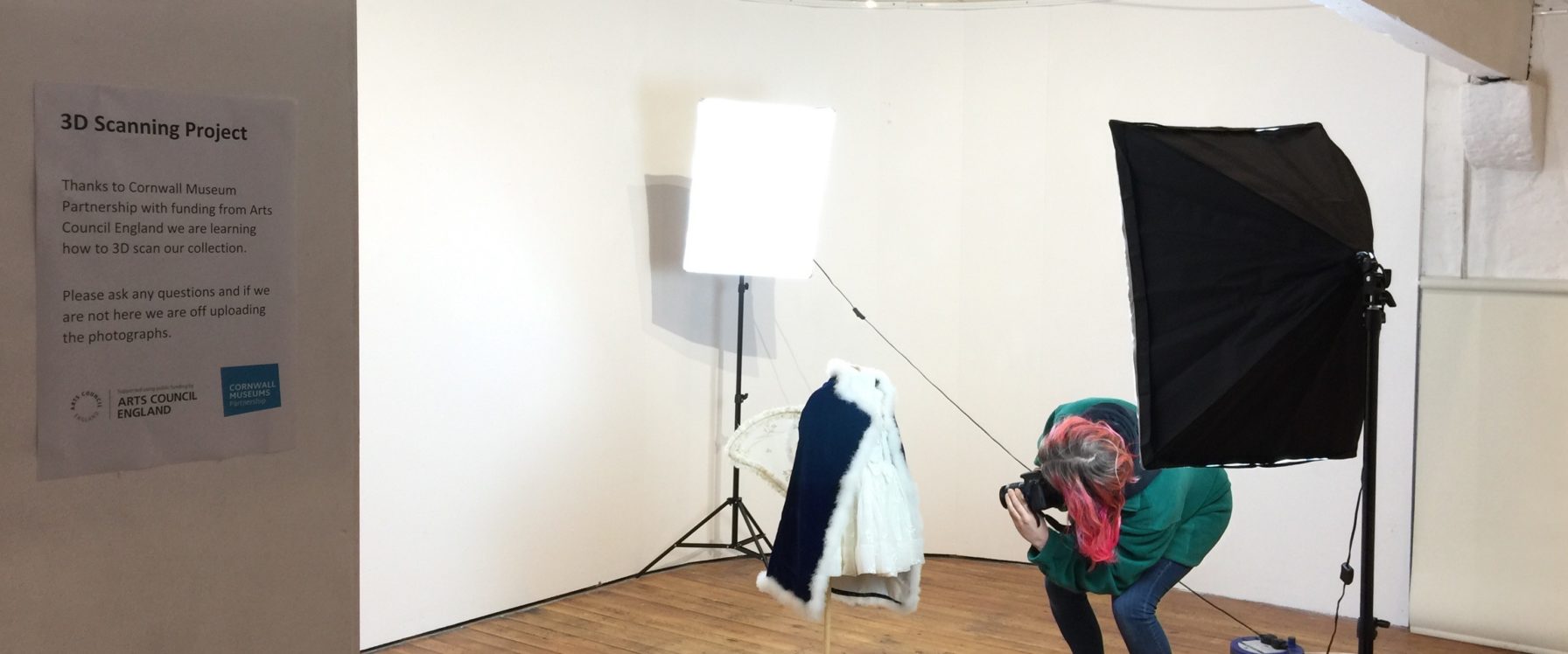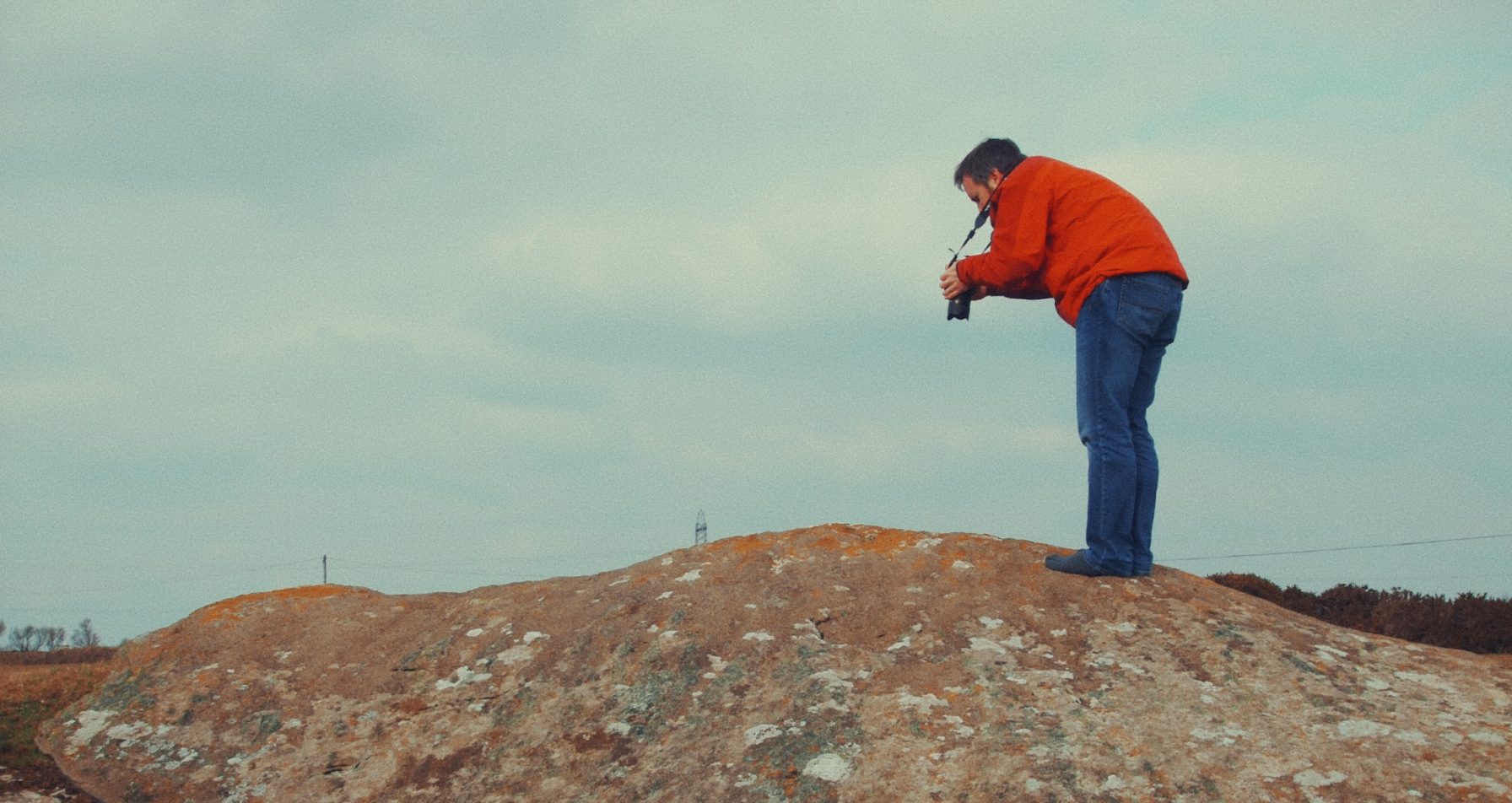Category: 3D
-

Making 3D digital archives available – the Archaeoptics Archive
It’s completely fair to state that Archaeoptics, a Glasgow-based company established in 2000, were true pioneers of 3D data capture and processing in the world of heritage. Ahead of their time, they travelled around the UK and abroad visiting archaeologists, museums and artists, 3D scanning tiny objects up to large buildings. It really was ‘scanning’…
-

Painting the past in 3D
In early 2022 we were asked by Cornwall and Isles of Scilly Maritime Archaeology Society (CISMAS) if we could help them with an intriguing project. In the small museum on the island of Tresco, Isles of Scilly, is a large 3.5m high wooden carving from the stern (back) of HMS Colossus which was wrecked in…
-
Rock art – digital enhancement services
We have just completed a new page summarising one of our many niche services – digital enhancement of rock art. In the past, making rock art panels clearer to study was often an invasive, destructive, and often messy activity. Chalk, paper rubbings, torchlight, mirrors, and even plaster or latex casts have all been used. The…
-

Impossible views: 3D scanning monuments in West Penwith, Cornwall
How can you make a solid, accurate record of an ancient monument for the archaeological record, whilst also making an accessible digital experience with novel ways to view the site highlighting its construction? We think that we’ve cracked it. Penwith Landscape Partnership asked us to capture 3D scans of four monuments as part of the…
-
Immersive 3D sound as a tool for curators
Are you hearing my voice in your left ear? Then let’s get started. Visitors to Versailles exhibition binaural audio experience, The Met, New York City, 2018. Sound is a profoundly powerful sense. It can trigger memories, create experiences, and take people to new – and old – places. The philosophy of the Curatorial Research Centre…
-
3D scanning at Cornwall’s Regimental Museum
We have been working with Cornwall’s Regimental Museum in Bodmin to 3D scan a selection of their objects. I helped the museum to create a Sketchfab account so that they can display the 3D models online, and use the Augmented Reality (AR) features of the Sketchfab mobile app. This will allow the objects, normally housed…
-

3D capture of historic costumes at the Museum of Cornish Life
In December 2017 I was asked by Helston Museum to train staff and volunteers in how to use photogrammetry to record their historic costume collection in 3D. The costume gallery had closed and become a much-needed storage area. They decided that online 3D models, and possibly through screens in the museum, would be an interesting…
-

Hendraburnick ‘Quoit’ – the most decorated stone in southern Britain?
In 2016 I was asked by Dr Andy Jones from Cornwall Archaeological Unit to record and study the surface of Hendraburnick Quoit on Bodmin Moor in Cornwall. The work, funded by Cornwall Archaeological Society, involved detailed 3D recording of the surface of the two stones that comprise the monument (which isn’t actually a quoit, but…
-
Point Cloud Penzance – the town in 3D
Using 3D data (LiDAR) collected by the Environment Agency through the Government Open Data initiative I have created an interactive 3D model of the town centre of Penzance, Cornwall. It’s a very detailed model, with a measurement point every 50cm or so across the entire town. There are 12.9 million vertices (points) in this model. You…
